SRI LANKA BUILDCON 2018
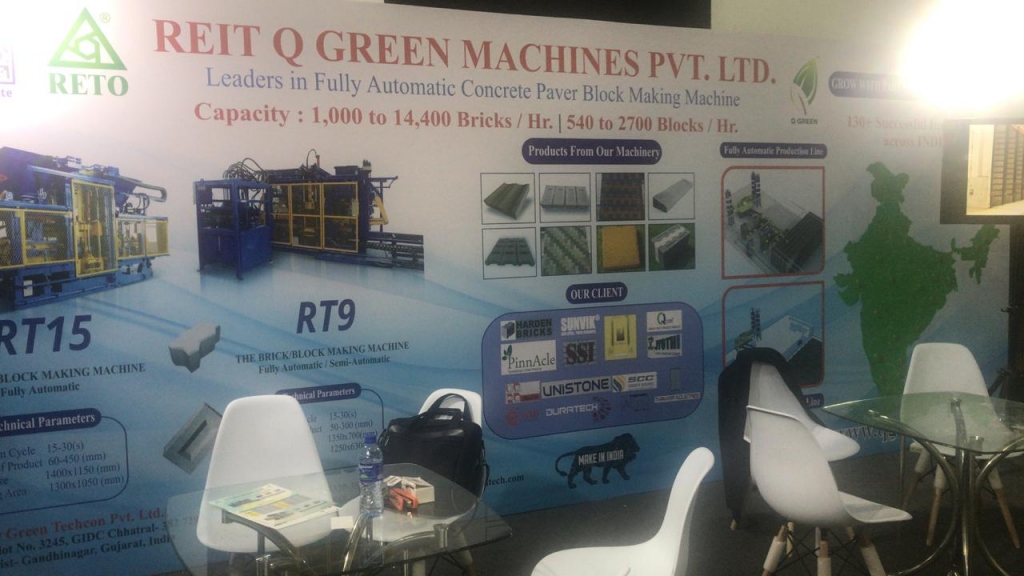
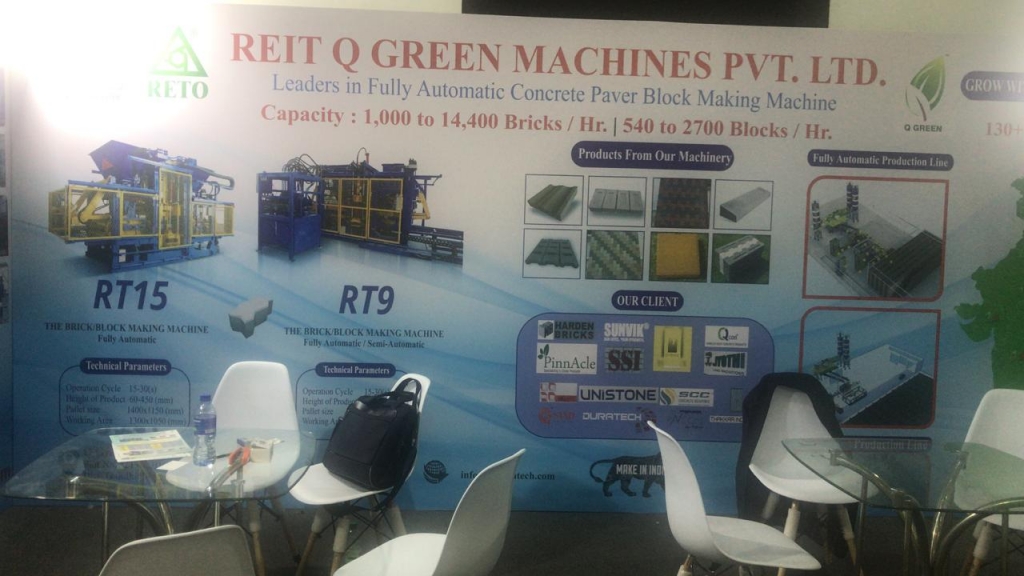
There are different types of bricks are used in masonry construction materials as clay, concrete, lime, fly ash etc. Brick is an important construction material which comes in rectangular shape made from clay. The brick is as popular in older days and as modern days as it has low cost and durability.
(1) Sun-Dried or Unburnt bricks
(2) Burnt bricks
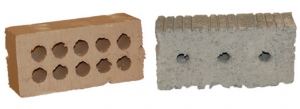
The Sun-dried or unburnt bricks are less durable and used for temporary structures. There are three mainly three steps for manufactures are clay, moulding and drying.
After moulding process the bricks are left for dried from direct sunlight. The sun-dried bricks are not much strong and also less water and fire resistance. These bricks are not suitable for permanent structures.
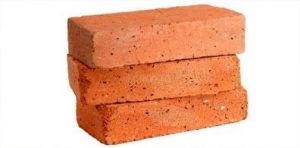
Burnt bricks are widely used brick but during manufacturing some bricks are damaged. These bricks are divided into four types
Fist class bricks have good quality than other types of bricks. These bricks are moulded into table-moulding and burnt in large kilns. As the result these bricks have standard shapes, sharp edges and have smooth surface.
These bricks are more durable and have more strength. The first class bricks are used for permanent structures. These bricks are costlier than other classes due to good qualities.
As the name suggests these bricks are moderate quality bricks moulded with ground-moulding process. These bricks are burnt in kilns. As the ground moulding process is used they don’t have smooth surface and edges.
The shape of bricks is also uneven as it mould on ground. These bricks have strength and durability. For smooth finishing the plastering is required.
Third class bricks are used in temporary structures as they have poor quality. These bricks are not suitable for rainy areas. These bricks are ground-moulded and burnt in clamps. The bricks have rough surface and edges are not proper.
Fourth class bricks have poor quality and not used for construction. These bricks are crushed and used as aggregates for making of concrete. The bricks which are over-burnt and due to this these bricks are brittle. These bricks are easily breakable and not suitable for construction.

REIT Q Green Machines is leading manufacturer of fly ash brick machine.
Fly ash bricks are made using fly ash and water. The fly ash bricks have better properties than clay bricks and resistant to freeze thaw cycles. These bricks have high concentration of calcium oxide which is used in cement production and due to this it is called self-cementing brick. The fly ash bricks are lightweight and it reduces the weight of structure.
Fly ash bricks are better than clay bricks as they have high fire insulation, high strength, uniform sizes for better joints and plaster, lower water penetration and does not require soaking in water before masonry construction.
Concrete bricks are manufacture using cement, sand, coarse aggregates and water. These bricks are manufactured in various required sizes.
Concrete bricks have advantages over clay bricks as they can be manufacture at construction site, required less mortar, can produce in different colours as adding pigments during production.
The concrete bricks are used in construction of masonry and framed buildings, facades, fences and also provide an excellent look of building.
Engineering bricks have high compressive strength and used for applications like strength, frost resistance, acid resistance, low porosity is required. Engineering bricks are commonly used for basements where chemical and water attacks are prevalent and for damp proof courses.
A calcium silicate brick is made from sand and lime and it is known as sand lime bricks. Sand lime bricks are used for various purposes in construction industries like decoration works in building, masonry works etc.
To build any structure, the material is quality should be good. Here is the list for how good bricks are identified at construction site.
– The colour of bricks should be bright and uniform.
– The bricks should be well burned and have smooth surface and sharp edges.
– Thermal conductivity should be less and also sound proof.
– Bricks should not absorb more than 20% of weight when soak in water.
– When two bricks impinge together, the ringing sound must be produce.
– The brick structure must be uniform.
– Bricks should not be break when dropped from 1m height.
– There should be not any scratch when scratch with finger nail.
– There should not be any white deposit on brick after soak in water for 24 hours.
Below properties should be in brick for construction use.
– Hardness
– Compressive Strength
– Absorption
A brick have resistance against abrasion. This hardness of brick gives permanent nature of brick structure. Due to this property bricks are not damaged by scraping.
Compression strength or crushing strength is property of brick which means the load carried by brick per unit area. As per rule of BIS minimum compression strength of brick should be 3.5N/mm2. The crushing strength of bricks reduced when they are soaked in water.
| Crushing strength of Bricks | Grades |
| 7 – 14 N/mm2 | Class A |
| >14N/mm2 | Class AA |
Bricks generally absorbs water but in limit. The absorption limit percentage by weight for different types is in below table.
| Class of Bricks | Water Absorption % by weight |
| Heavy duty bricks (special made) | Only 5% |
| First class | 20% |
| Second class | 22% |
| Third class | 25% |
– 1st and 2nd class bricks are used in construction of building, tunnels, pitching works etc.
– 3rd class and unburnt bricks are used in temporary structures.
– 4th class bricks are used as aggregate for making concrete.
– Bricks are also used to enhance the beauty of structures.
The fly ash bricks are used more and more these days in brick masonry structures. The fly ash bricks are higher in quality and made with advanced technology. It is used as the replacement of normal clay bricks and it is better than it.
With the use of fly ash brick than normal clay bricks have many benefits. The main benefit of using fly ash bricks is we can save natural resources and also protect the environment.
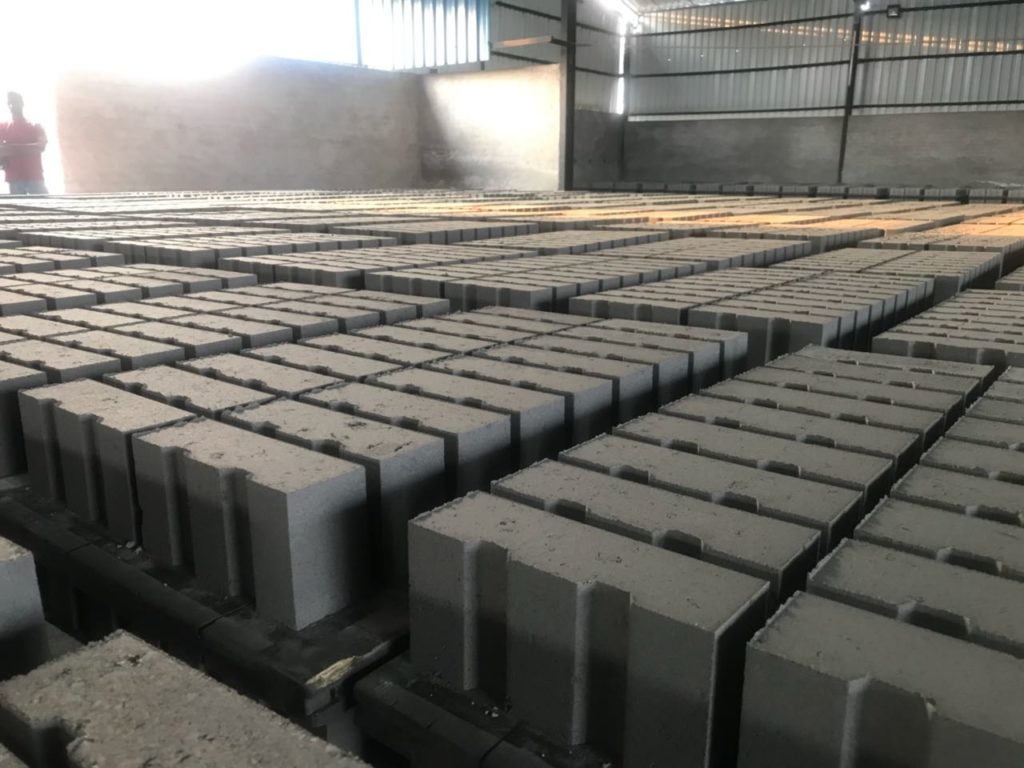
India’s 72 percent power plants are coal based and these plants produce 40 million ton fly ash annually. The fly ash contains Co2 which is emitted from thermal power plants and industries which used coal as fuel and emits ash and smoke and from it the fly ash is made. The power plants and industries use cyclone converters to separate fly ash and this fly ash is used as raw material for making fly ash bricks.
The fly ash cause more environmental problems include air, water and also land. It required proper management to control pollution caused by fly ash and there for using fly ash to make various products and save the environment.
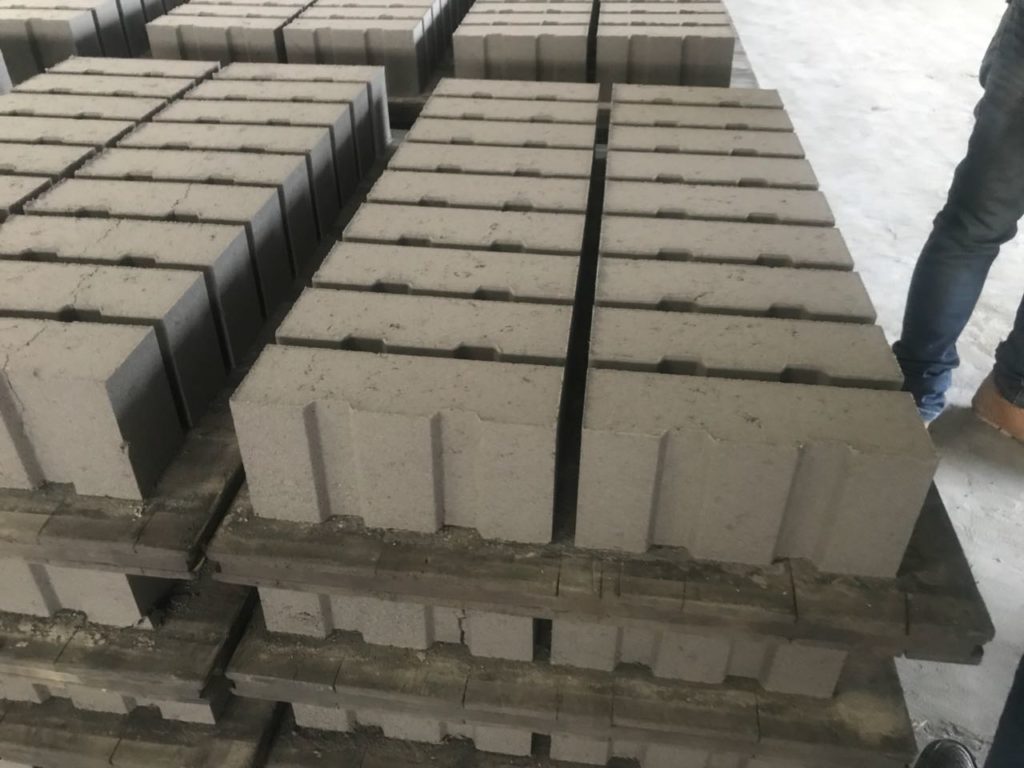
The fly ash brick is a slow setting pozzalona cement mix. The process is almost identical to make cement where the clay and limestone are burnt with coal and gypsum and then mixed.
In fly ash brick making the burnt clay particle obtain from burning the coal. When the hydrated lime powder, gypsum is mixed in a pan, the mixture starting turns slowly in pozzalona cement.
The mixture is pressed in the low pressure in low moisture in hydraulic machine and the machine is specially designed to give the high pressure at a slow rate and the pressure is 350kg/square inch.
The required pressure and holding the bricks for particular time gives maximum strength to fly ash bricks.
The emission of greenhouse gases is increasing more and more nowadays and the Co2 is a major one. The total CO2 emission was 24,960 million tons count globally in 1990.
In India, the CO2 emissions from the cement industry are ninety million tons and forty-nine tons from clay brick manufacturing. As per current statics for producing one million brick required 200 tons of coal and this coal emits around 270 tons of CO2 in the air.
The Fly Ash brick production is totally emission free and the manufacturing process is qualified under Clean Development Mechanism (CDM).
| Properties | Red Brick/Clay Brick | Fly Ash Brick | Remark |
| Density | 1600-1700 kg/m3 | 1700-1850 kg/m3 | Higher Load Bearing |
| Compressive Strength | 30-35 kg/cm2 | 90-100 kg/cm2 | Higher Load Bearing |
| Absorption | 15-25% | 10-14% | Less dampness |
| Dimensional Stability | Very low tolerance | High tolerance | Saving in mortar up to 25% |
| Wastage during transit | Up to 10% | Less than 2% | Saving cost up to 8% |
| Plastering | Thickness varies on both sides of the wall | Even on both sides | Saving in plaster up to 15% |
Before starting the discussion on fly ash bricks first, we have to look at the effect of red clay bricks on nature.
There is one estimate that around 180 billion tonnes of common burnt bricks are used per annum which means it required 340 tonnes of clay and it comes from the top layer of around 5000 acres of land dug out by brick manufacturers. The red clay brick is heated and required coal or wood which may the cause for deforestation.
The pulverized fuel ash is generally known as fly ash and it is a by-product from the coal-based power plant. The fly ash brick manufacturer uses this ash to make the fly ash brick as the alternative of red clay bricks.
The demand for fly ash bricks in India is increasing. As the cost and environmental benefits, people prefer more and more fly ash bricks over common burnt bricks.

India depends on the coal-based power plant. These plants produce a very large amount of fly ash. The government has no other way to dump the fly ash and the fly ash is dangerous for the environment.
The fly ash brick making is a very profitable business in India as the brick quality is high and required less resource than common burnt bricks.
First, it required a minimum half acre of land prefer 1 acre for storing and curing the bricks.
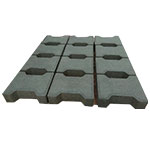
Second, choose the factory location in 100 km radius of the thermal power plant to get permission and quota of fly ash. For make fly ash brick required lots of water. So make sure that you have enough water supplies to continue the production.
One of the problems to make fly ash brick is to store fly ash. You could not store fly ash in open ground as it is harmful. So it is advisable to store in Silo.
To make fly ash bricks required approximately 30, 00,000 INR as working capital. This includes machinery and production capacity of 12,000 bricks per shift.
In growing India labor is the biggest problem and the fly ash brick making is not an easy task and somewhat dusty work. So attract the labors with high pay and incentives.
The profit factor is very high in the fly ash brick manufacturing. There is a minimum profit of 1 INR per brick is for sure. It may vary for different places and it depends on labour, raw materials and power supply.
As we know the fly ash is only available through the thermal power plant. So before starting business manufacturers have to research on demand for fly ash bricks and the availability of fly ash. It is advisable to get your quota of fly ash than to buy from the black market.
Machinery is a heart of any industry. So buy a machine from the well-established manufacturer. The reason behind is this machine required regular tune-ups and frequent maintenance in the starting of production. The rotary type hydraulic machine is highly recommended for primary manufacturers.
Q Green Techcon Private Limited is a market leader in brick and block making a machine. We make both, hydraulic for Fly ash bricks starting from 13 lakh and Vibro machines for all other concrete bricks and blocks (hollow and solid) and Interlocking Pavers starting from 40 lakh.
Q Green Techcon Private Limited has always worked on innovating products that change the way people look at sustainability. Hence, we take pride in calling our products ‘Green Products’. Our focus is on the usage of fly ash and converting Waste into Wealth. We use the waste of coal to make our final products that are strong, durable and extremely competent. All our end products are 100 percent Green Products and are called the most suitable replacement for clay bricks.
The manufacturing of bricks or blocks is a 4-stage process: batching and mixing, conveying, compaction/vibration and curing. In the entire process, our machines do not require the burning of coal, or for that manner any process that leads to pollution, as against the process used in making clay bricks. Clay bricks production requires top-soil and coal leading to environmental degradation. Not only that, we are also pioneers in innovating a method that minimizes the use of water in the curing process.
The main differentiator when it comes to that is the fact that we try to add a maximum level of automation to our semi-automatic as well as automatic machines so as to lower the labor requirement. This makes the machine self-sufficient, to a great extent, and further lowers the cost of production.
What we stand for is sustainable development and hence our Green Technology vouches for the fact that we are a company that is taking a step forward in developing a nation that is rich and self-sufficient.
For any fly ash brick machine, Inquiry Call Us Now: +91 97320 35946 or Mail Us: [email protected]
Also Visit Our Site: www.qgreentech.com
Q Green specializes in the production of vibration-based machines for block and pavers. We have supplied more than 55 Q Green paver block making machines throughout the country that help manufacture superior quality paver blocks. It is used in various government and domestic applications. It comes in different variants, shapes and sizes but usually, for government projects, we use 80 mm paver blocks. The main application of it is in building internal roads. The strength required for this is m40 with a 12% cement percentage. But it is to be mentioned that the use of Q Green machines is not only limited to this alone.
Using vibration technology usually makes paver blocks. There are some advantages of purchasing our products that have already been mentioned in our previous articles.
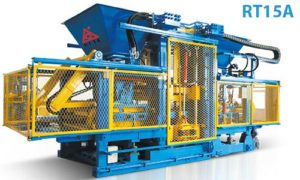
Some specific benefits of the paver block making machine have been listed for your convenience.
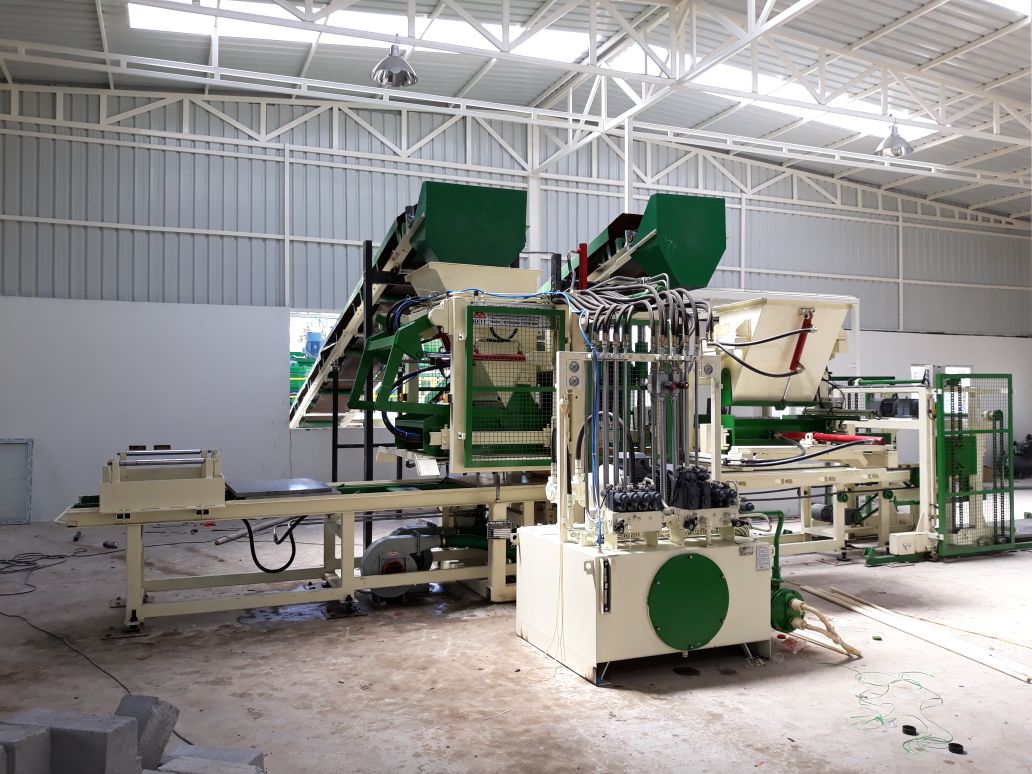
Q Green’s paver block making machine start from the initial cost of Rs. 40 lakh and have many variations like 12 pavers at a stroke, 15 pavers at a stroke and the like.
The models that we have are RT4, RT6, RT9 and RT15 that comes with all kinds of automation (semi and fully automatic line).
In case of any query, you can leave a query on our official website.
For any fly ash brick machine, Inquiry Call Us Now: +91 97320 35946 or Mail Us: [email protected]
Also Visit Our Site: www.qgreentech.com